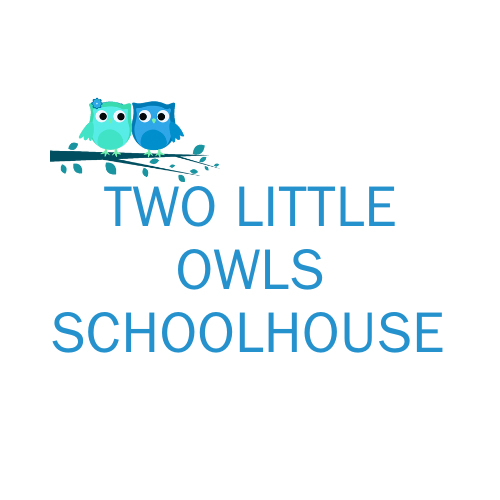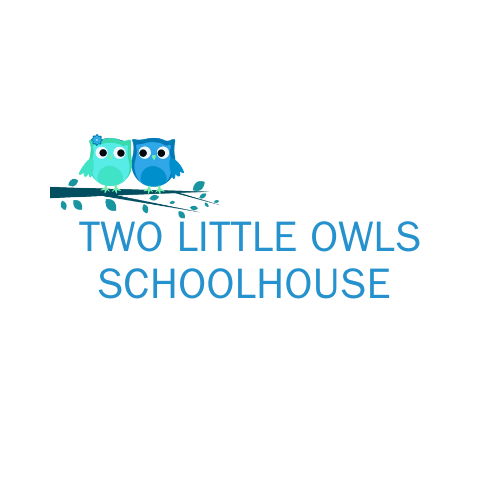The Bilingual Brain: How Spanish Exposure Benefits Young Learners at TLOS
At Two Little Owls Schoolhouse, we embrace the natural curiosity of childhood and the ways young brains are wired for language. While English is the primary language of instruction in our classrooms, our children are immersed in a rich linguistic environment with meaningful exposure to Spanish. Many of our teachers are native Spanish speakers, bringing an authentic and dynamic layer of language learning to daily experiences.
But what does research say about the bilingual brain? And how does this exposure to Spanish benefit our children, even if they are not fully bilingual?
The Science Behind Early Language Exposure
Decades of research in cognitive neuroscience show that children are uniquely equipped to absorb multiple languages, especially in the early years. The human brain is most plastic—meaning it is highly adaptable—during early childhood. Studies using fMRI scans have found that children exposed to multiple languages develop stronger neural connections in areas of the brain related to executive function, including the prefrontal cortex. These areas are responsible for:
• Cognitive flexibility (switching between tasks and adapting to new situations)
• Problem-solving skills (enhanced ability to find creative solutions)
• Improved attention control (filtering out distractions and focusing better)
Even children who are not raised in bilingual households but experience consistent exposure to another language benefit from these cognitive advantages. Their brains develop a heightened ability to recognize different sounds, patterns, and grammatical structures, making it easier to learn additional languages later in life.
Spanish Exposure at Two Little Owls
While full bilingual immersion isn’t our model, our children experience Spanish organically—through songs, greetings, storytelling, and natural conversations with teachers who are native speakers. This exposure mirrors real-world bilingualism, where people seamlessly switch between languages in meaningful and contextual ways.
Research from the Center for Applied Linguistics shows that even passive exposure to a second language enhances children’s phonemic awareness, improving their ability to recognize and reproduce new sounds. This early flexibility in processing language has even been linked to greater reading and literacy skills in both languages.
The Social and Emotional Benefits
Beyond the cognitive perks, language exposure fosters cultural awareness and empathy. When children hear multiple languages, they develop an appreciation for different ways of communicating, which translates to greater social sensitivity and inclusivity. At Two Little Owls, this is a natural extension of our Reggio Emilia-inspired approach—children learn through relationships, interactions, and diverse perspectives.
A Foundation for Lifelong Learning
Even if children do not become fully bilingual, their brains retain the neural groundwork for future language learning. The pathways formed through early Spanish exposure make it easier to acquire additional languages later in life—a skill that has profound academic, professional, and personal benefits.
At Two Little Owls, we celebrate language as a living, evolving part of our classrooms. Through songs, stories, and conversations with our Spanish-speaking teachers, our children are not just hearing another language—they are building the bilingual brain.


